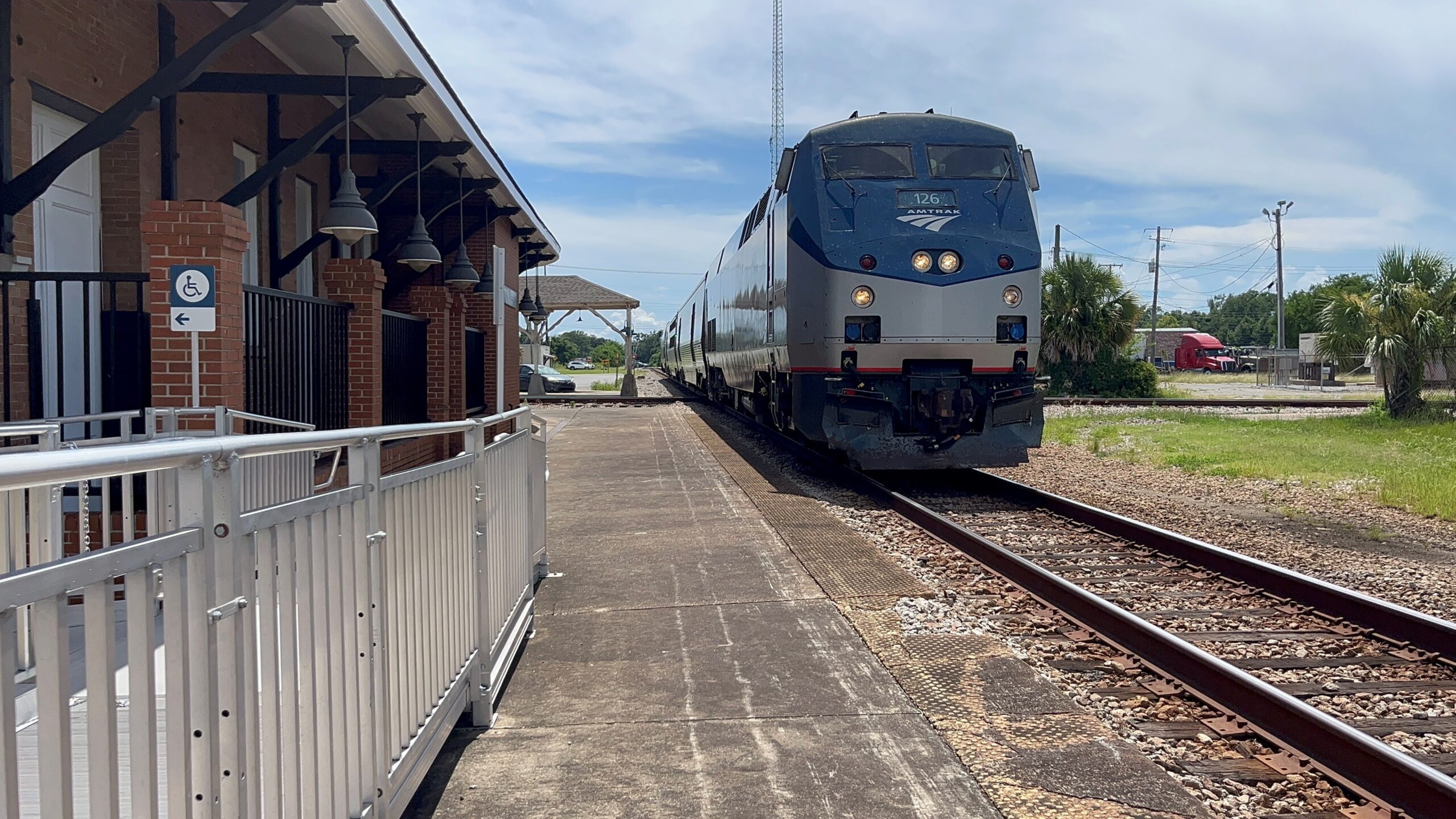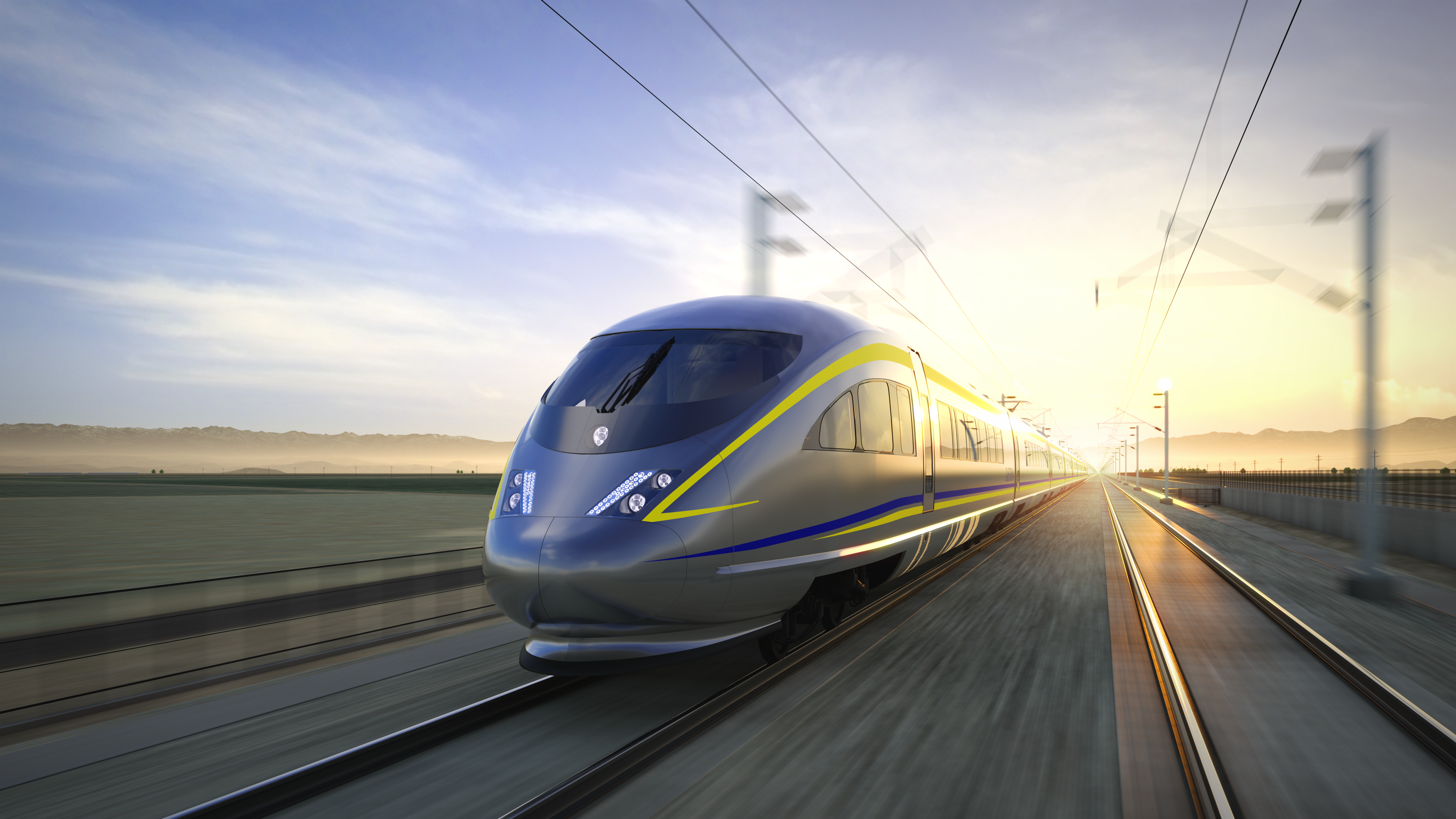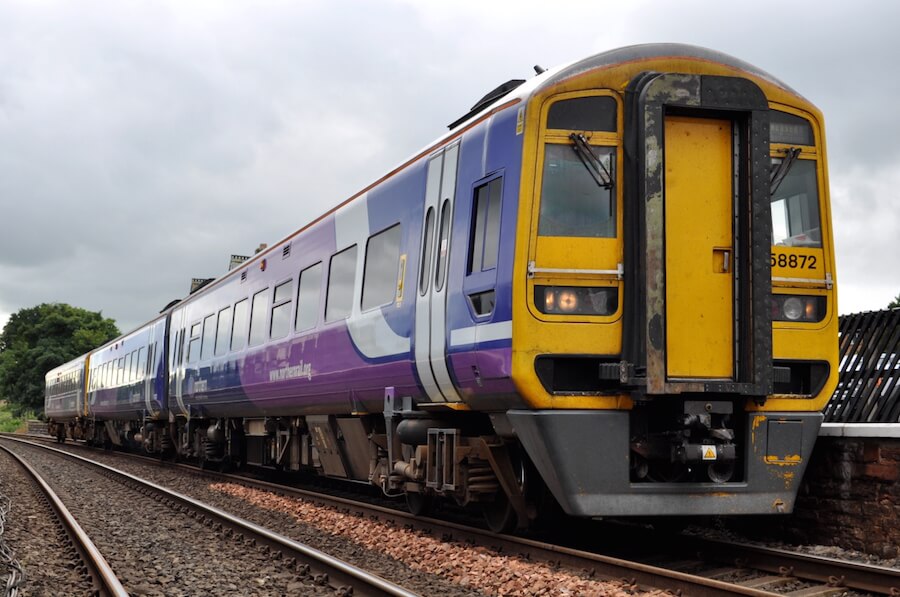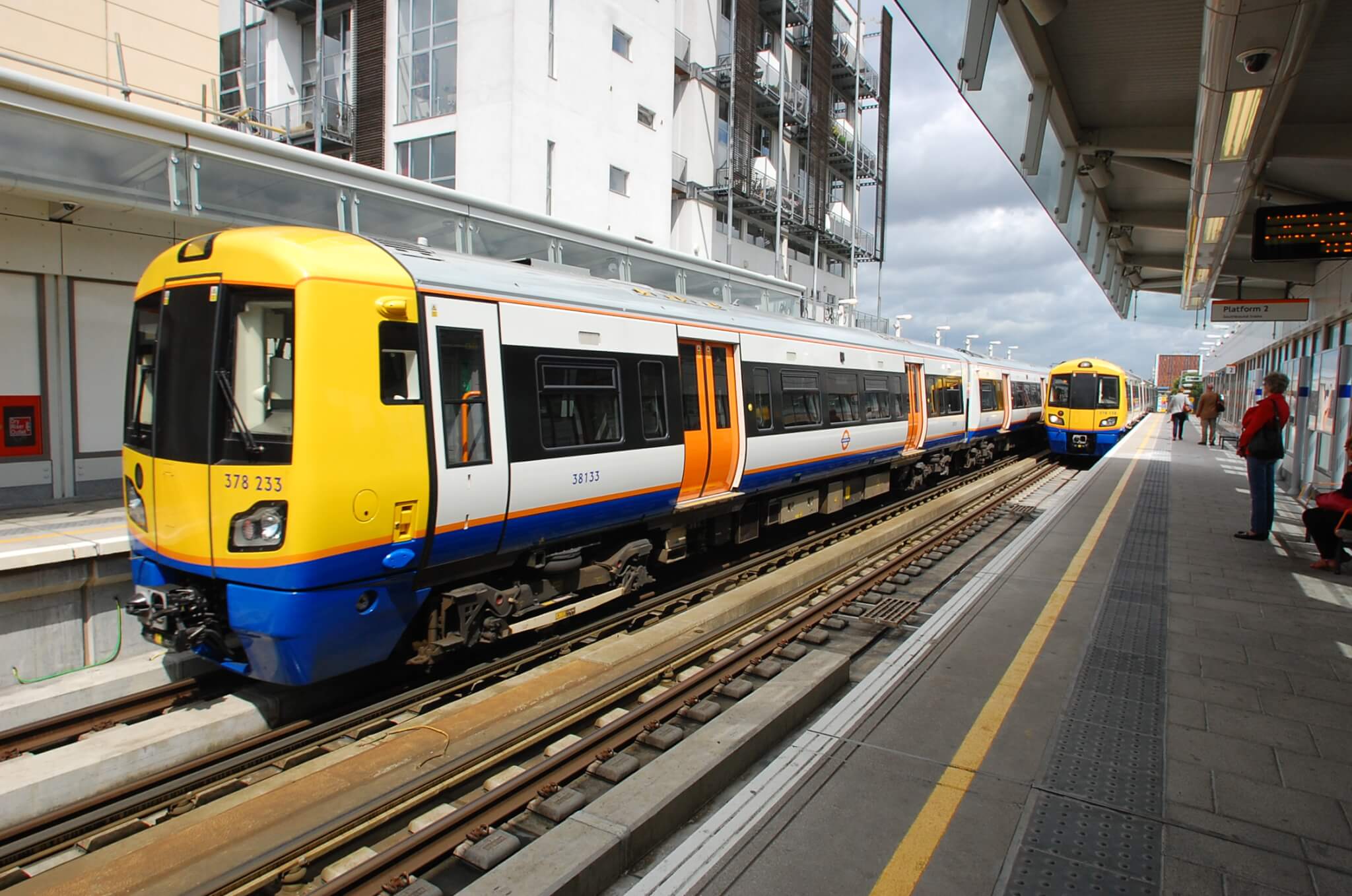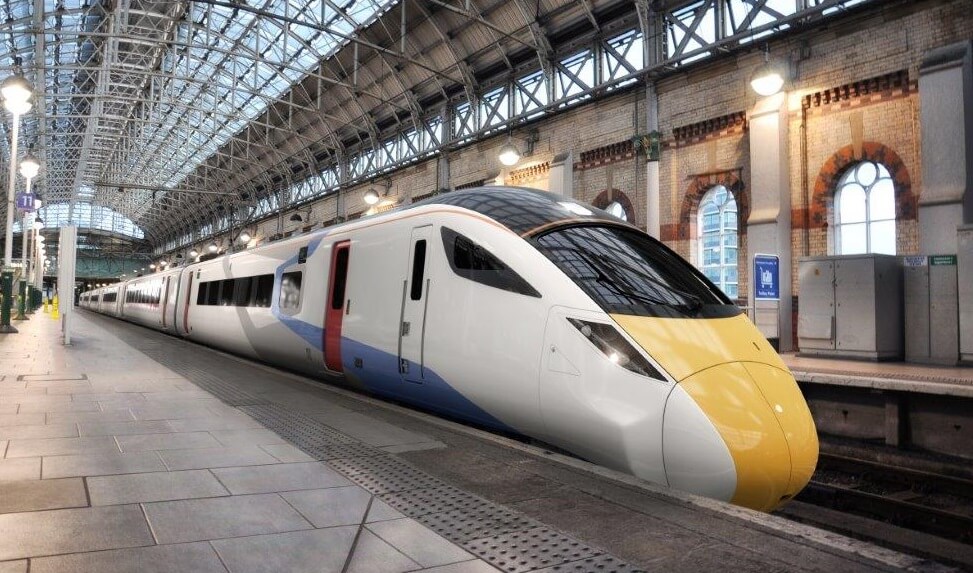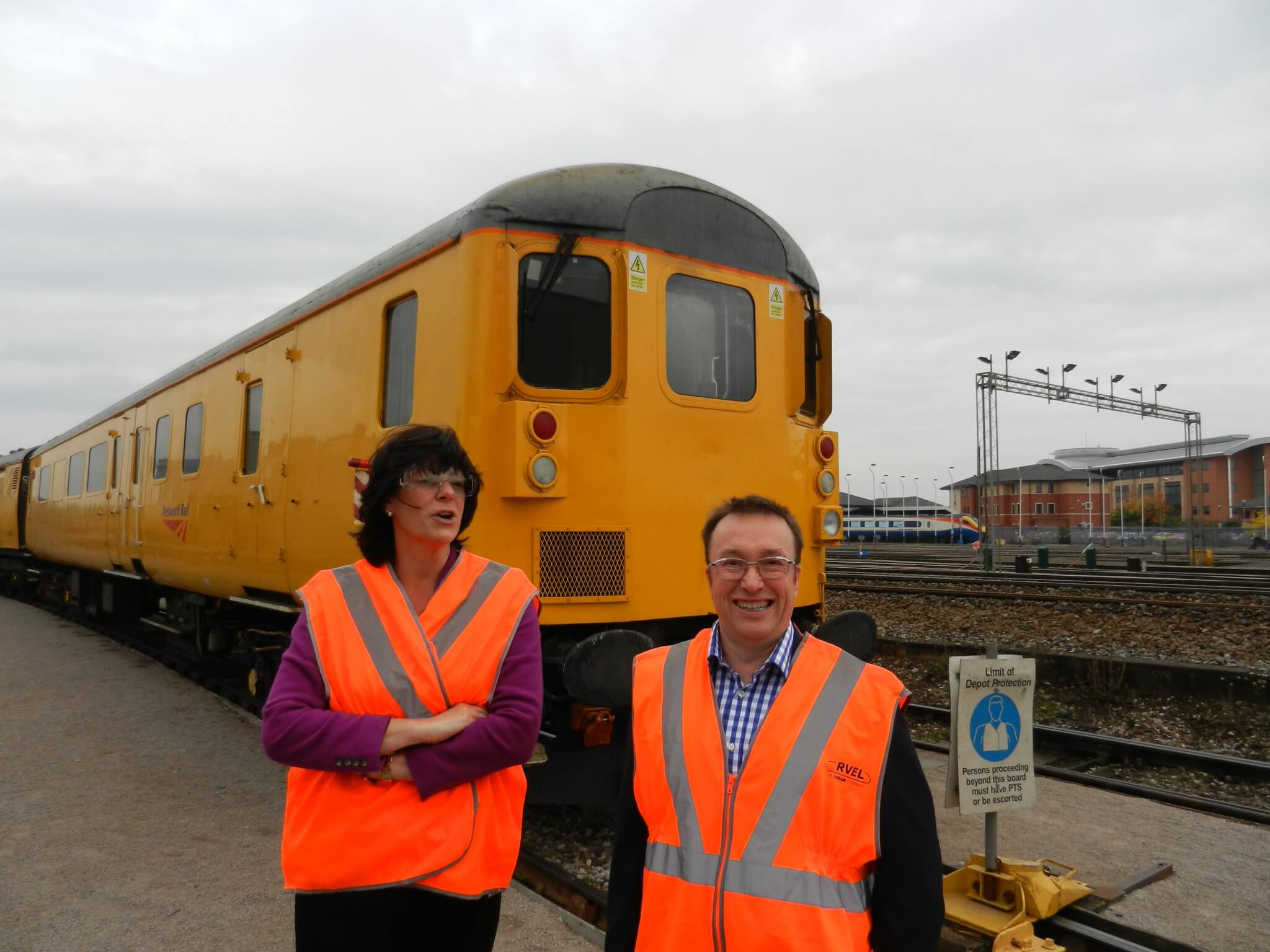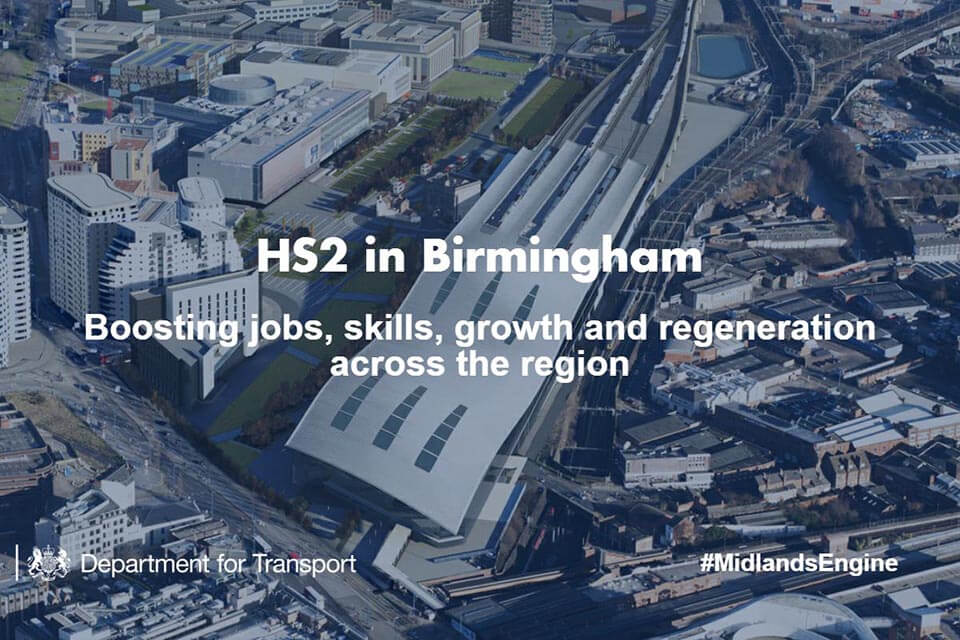By David Hoggarth

In years to come, 2018 may be recognised as a pivotal year for the rail industry, and the North – the year when long-term thinking really began to inform and steer short-term behaviours. Anyone who knows the industry recognises what a complex and often frustrating entity it is. Filled though it may be with passionate committed people, too often there is a perception that, major projects happen in a piecemeal way, get delayed, costs over-run and outputs fail to meet expectations. This is against the backdrop of what is a massive success story, with record growth levels and significant investments planned and underway. The industry, however has recently been shaking itself up and has found new energy and new vision to tackle some real opportunities for growth and development.
Nowhere is this truer than in the North of England. Here, a positive set of circumstances have combined to provide a strong launch platform for change. It can be argued that this all began a decade ago with the ‘Northern Way’ report advocating investment in projects such as the Northern Hub (the centrepiece of which, Ordsall Chord opened last November) and later the High-Speed North report which identified a set of outputs required if the North’s railway infrastructure was to be begin performing anywhere near its potential. At the same time as this we had the birth of the Northern Powerhouse and the realisation that economic growth for the North had many interdependencies – including transport which is consistently highlighted as a key enabler of economic growth
Rail North
The birth of my own organisation in 2014, Rail North, created, for the first time, a pan-northern partnership of 25 northern local authorities working as one. Rail North created a new partnership with the DfT to launch and manage the North’s two prime rail franchises transformational programmes of enhancement and modernisation. This was a significant moment and the response of both Northern and Trans-Pennine Express to commit over a billion pounds to improvements in rolling stock (including the end of the pacers!) and stations was testament to the vision of those who created the opportunity.
Transport for the North
And now we have Transport for the North, a pan-northern sub national transport authority, again providing ‘one voice’ (with statutory status) for all the local authorities of the North and the Local Enterprise Partnerships to ensure pan-northern transport interventions can be focused and informed.
Strategic Transport Plan
On Tuesday 16th January, Transport for the North launched the North’s draft Strategic Transport Plan – the anchor document that will steer the next three decades of pan-northern transport investment in the region. The launch took place simultaneously across six locations in the North and was led by TfN’s Partners highlighting different capabilities unitednort around a shared vision.
The vision is a simple one – but one that works for all – that is for a thriving North of England, where modern transport connections drive economic growth and support an excellent quality of life. The draft Strategic Transport Plan has been developed on the back of a number of bedrock components – not the least of which is the Northern Powerhouse Independent Economic Review – a piece of work which identified, for the first time across the North where the key prime capabilities and enablers lie and where the key areas for improvement are.
One of the key areas for improvement was, as expected, the development of better transport connections within, into, and out of the region – and rail was recognised as a core component for those better connections.
Long Term Rail Strategy of the North
The bedrock component that informed this area of the Plan is the draft Long Term Rail Strategy of the North which, in its simplest form sets out Transport for the North’s (TfN) vision for the ongoing transformation of the North of England’s railway, covering the period up till 2050.
What makes these two plans so valuable to the North is that they have been part of a sea-change in mindsets that has now moved from a centralised modus operandi to a much more devolved way of working using local knowledge where it matters and shared resource where it can add value.
England’s First Sub-National Transport Authority
Transport for the North goes ‘live’ in April becoming England’s first sub-national transport authority. At about that time Rail North will become part of Transport for the North and Network Rail and the DfT will be further consolidate the way in which they service the North building on the dedicated teams they have put in place over the last year or so.
The result of all this will be a significant change in the way future rail-related transport interventions are handled in the North – by all the parties involved. And with a core plan in place guiding that investment over the next three decades an intelligent pipeline of investments can be developed – each building on the merits and strengths of the one that preceded it.
If you apply this to the way in which, for example, the Trans-Pennine Route Upgrade, Northern Powerhouse Rail and HS2 Phase 2b will evolve you can quickly gauge the added value of having a joined-up plan linked clearly to supporting sustainable economic growth.


















